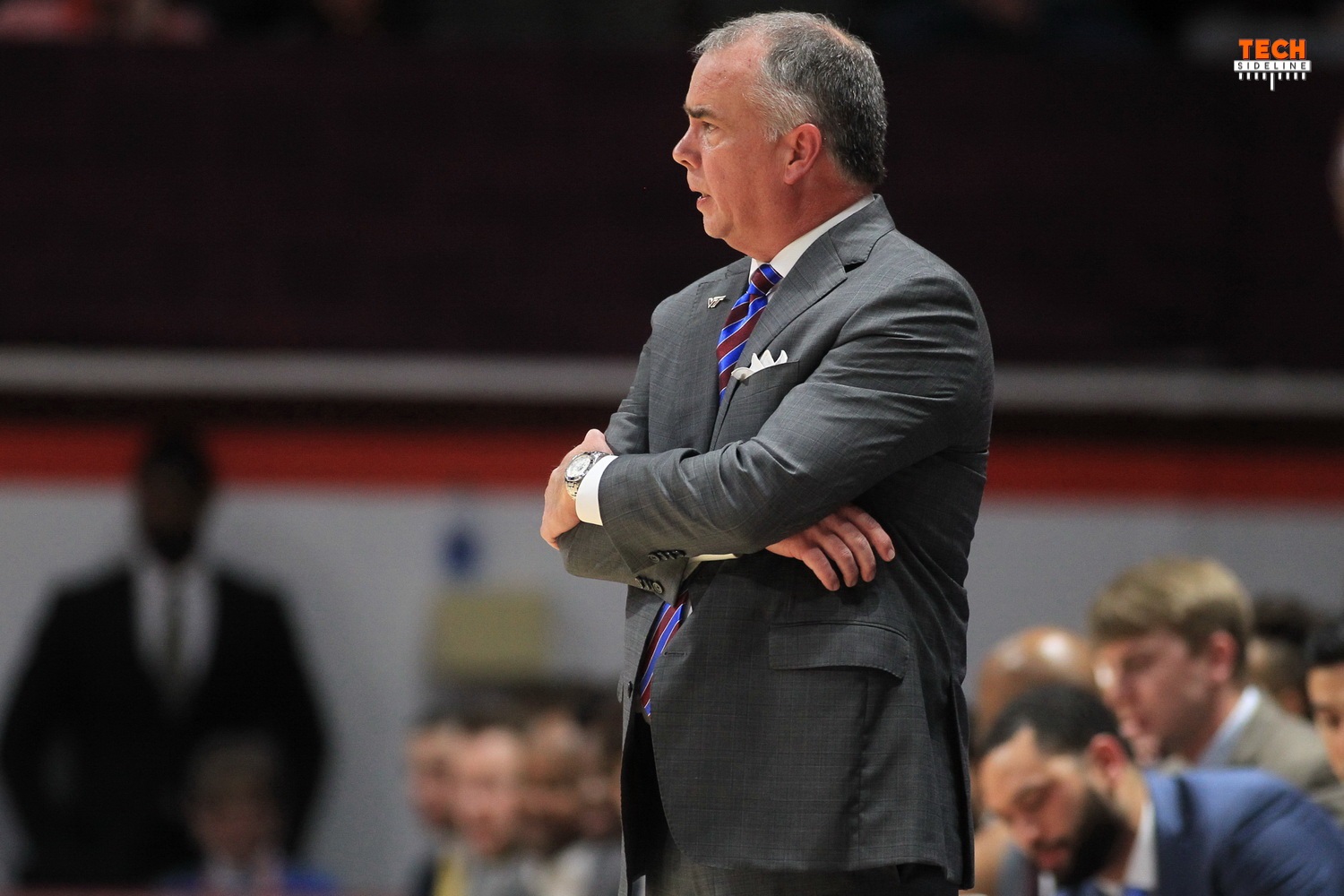
Virginia Tech will kick off the 2020-21 men’s basketball season on Wednesday, November 25 when the Hokies host Radford. Tipoff is scheduled for noon, and the game can be viewed online on The ACC Network Extra.
Mike Young’s first season in Blacksburg ended with a 16-16 record, including a 7-13 mark in the ACC. Tech’s leading scorer from last season – Landers Nolley – transferred to Memphis, and the roster was revamped in the offseason. For the first time in a long time, the Hokies have a full squad of healthy (knock on wood), eligible scholarship players. Let’s start this preview by talking about that subject.
2020: A Great Year For A Full Roster
Buzz Williams, and even some of his predecessors, had a habit of not being able to fill their roster with a full complement of scholarship players. Mike Young was determined to do exactly that heading into the 2020-21 season, and he did it. The Hokies are at the NCAA maximum 13 scholarship players, with all 13 of them being eligible to play this season.
If there was ever a year to have 13 available scholarship players, it’s 2020. Here’s a partial list of the basketball programs who have been shut down or are partially shut down thus far…
Creighton
DePaul
Syracuse
Florida
Seton Hall
Colorado State
Oakland
UMass
Delaware
Winthrop
Duke
Baylor
That’s just a partial list. There were 20-30 other team names that I could have typed, but you get the point. We’ve seen the COVID-19 effects on football rosters, and now we’re going to start seeing it on basketball rosters.
You’re much more likely to get through a COVID-affected season with a full roster of eligible players. If the Hokies lose a couple of guys for 10-14 days, it won’t hurt them as much this season as it would have in past seasons. Mike Young has more players available, and he’s got more roster options.
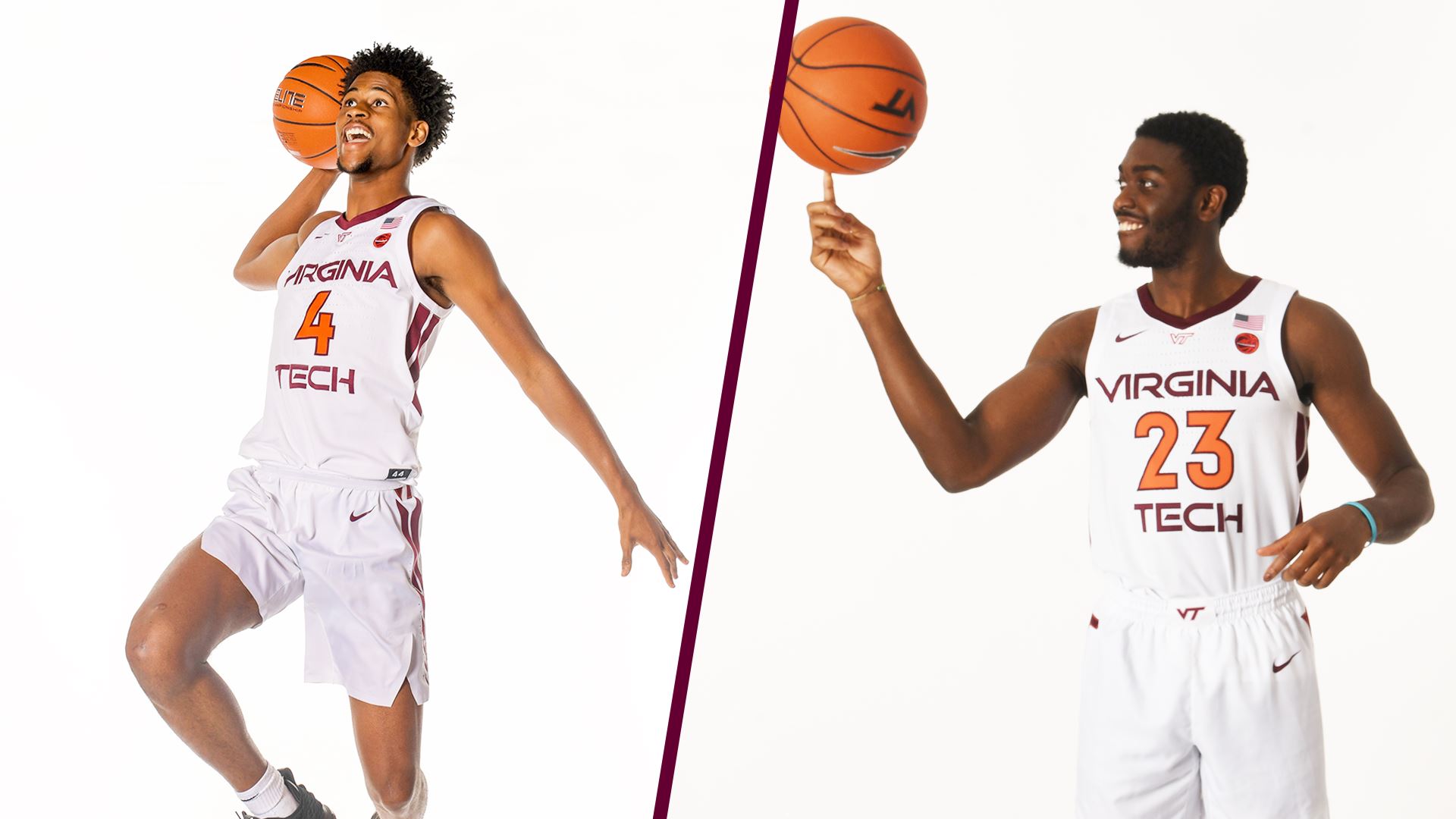
Backcourt Options
Mike Young focused on adding to his frontcourt in the offseason, but he didn’t neglect his backcourt, and the Hokies should have plenty of guards and wings this season. Let’s take a look at the players who will be available.
Wabissa Bede (6-1, 195, Sr.): Bede is a limited scorer and shooter, but he’s solid defensively, a good rebounder, and he’s a good distributor of the ball. Bede has the most career assists (282) of all point guards in the ACC. Bede was No. 1 in the ACC and No. 6 in the country in assist-turnover ratio at 3.34.
Cartier Diarra (6-4, 185, Sr.): The Kansas State transfer should start immediately in the backcourt. He averaged 13.3 points per game last season for the Wildcats, and he’s known as a good defensive guard who can defend multiple positions. He also averaged 4.2 assists and 1.8 steals per game. Note that Diarra also had a high turnover rate (3.2 per game) at K-State last year, as well, after averaging 1.8 per game his first two years.
Tyrece Radford (6-2, 200, r-So.): Radford was arguably Tech’s most popular player last year. He averaged 10.2 points and 6.2 rebounds per game. He was one of the nation’s most efficient offensive players, and for his size there couldn’t have been a better rebounder anywhere in the country.
Nahiem Alleyne (6-4, 195, So.): Alleyne started 27 games for the Hokies last season and was a 38.9% three-point shooter while averaging 8.8 points per game.
Hunter Cattoor (6-3, 200, So.): Cattoor was a 40.2% three-point shooter a year ago, and his overall game seemed to improve as the season went on. He ended the season with back-to-back double figure games against Notre Dame and UNC.
Jalen Cone (5-10, 165, So.): Cone proved to be a terrific three-point specialist last season, knocking down 45.7% of his outside shots, good enough for No. 4 in the nation, if he had enough attempts. However, he’s a shooting guard in a point guard’s body, so certain matchups are difficult for him.
Joe Bamisile (6-4, 195, Fr.): The freshman from Richmond is considered to be Virginia Tech’s most physically talented player and the jewel of Mike Young’s first recruiting class. It’s unclear whether or not he’ll start right away, but he’ll be involved heavily throughout the course of the season.
Darius Maddox (6-5, 185, Fr.): Maddox wasn’t quite as highly-touted as Bamisile, but he did pick the Hokies over very good programs like Creighton, Cincinnati, Georgetown, Kansas State and Oklahoma State.
The Hokies have plenty of guards…the question is how to use them properly? More on that later.
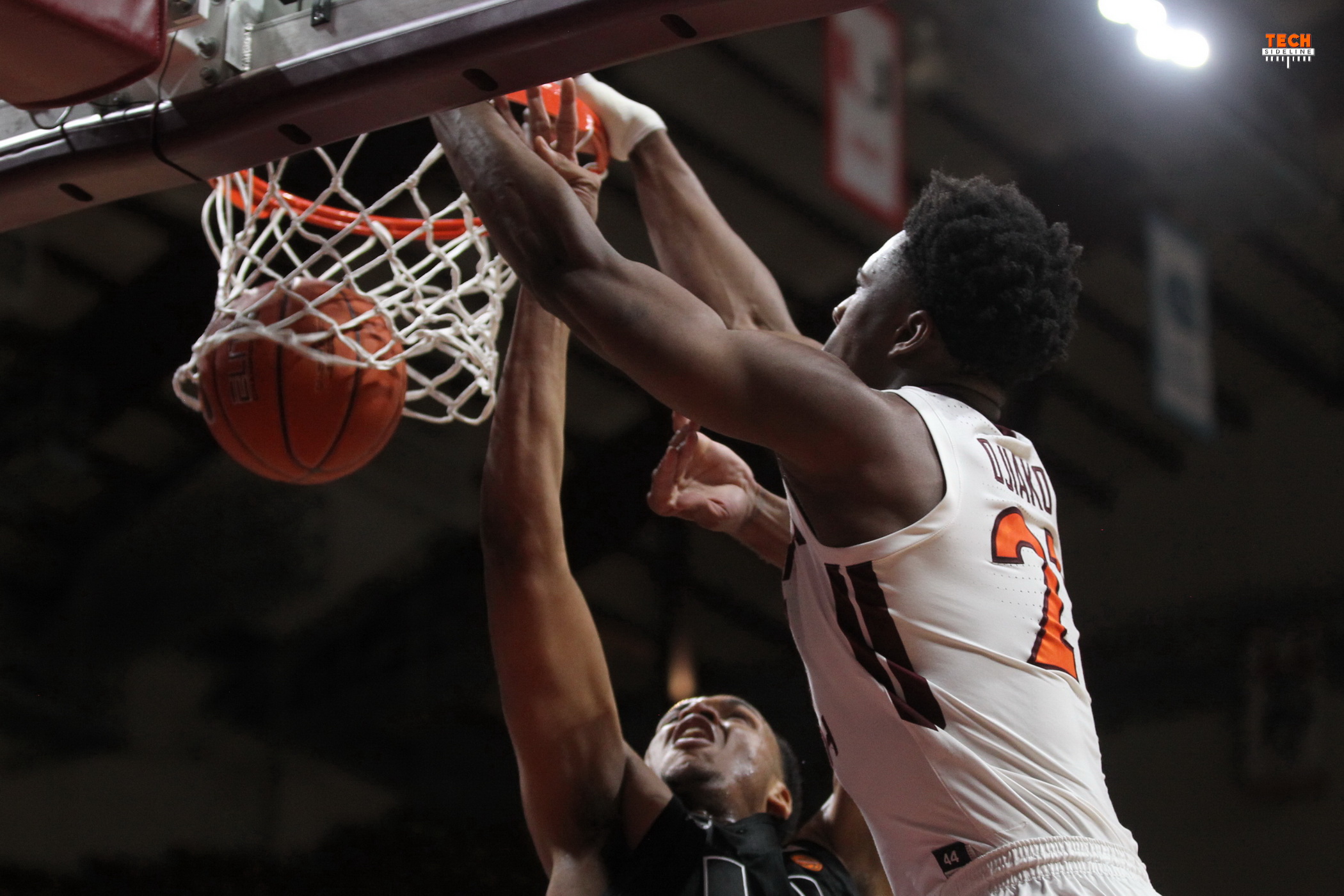
More Size
Size has been an issue for Virginia Tech basketball teams in the past. Even as recently as the Hokies’ Sweet 16 team, starting center Kerry Blackshear’s backup was the 6-5ish PJ Horne. Mike Young was determined to change that in the offseason. Tech has four players who are 6-9 or taller, with another who is 6-7. This will look a bit more like a traditional ACC basketball team this season.
Here’s a list of Tech’s frontcourt players, from tallest to shortest…
John Ojiako (6-10, 245, So.): Ojiako is a talented but raw player who is originally from Nigeria. He played a total of 324 minutes last season, and his playing time increased towards the end of the year. He can be a good rebounder and shot blocker for the Hokies as he continues to work on his offensive game. All of Ojiako’s minutes are expected to come at center.
Keve Aluma (6-9, 235, r-Jr.): Aluma started for Mike Young at Wofford. He was the starting power forward in their recent NCAA Tournament run, but he can play either frontcourt position for the Hokies. He averaged 6.9 points and 6.8 rebounds per game that year as a true sophomore, and he pulled down 11 rebounds (including seven offensive boards) in Wofford’s close NCAA Tournament loss to Kentucky.
Cordell Pemsl (6-9, 250, r-Sr.): Pemsl averaged 5.9 points and 4.4 rebounds in three years at Iowa. He put up 8.9 points and 5.0 rebounds per game as a freshman before losing playing time to Luke Garza, who went on to be named the National Player of the Year by Sporting News. Pemsl has had some injuries in his career, but he will contribute. He should be able to play either frontcourt position.
David N’Guessan (6-9, 205, Fr.): N’Guessan was part of a 3-man freshman class signed by Mike Young. He is from The Netherlands, though he played ball last year in Maryland. He’s a skilled player, but he’ll have to add size and experience before he’s able to contribute significantly. In a normal year, I’d be supportive of slapping a redshirt on him.
Justyn Mutts (6-7, 230, r-Jr.): Mutts keeps transferring up levels. He averaged 6.0 points and 4.0 rebounds at High Point as a freshman, then transferred to Delaware where he averaged 12.2 points and 8.4 rebounds last season. He has already graduated, so he is eligible immediately. Mutts has only attempted 19 three-pointers in his career, making just two of them, so he’s not an outside threat. However, he did average 2.2 assists, 1.0 block and 1.3 steals per game last season, so he appears to be a well-rounded player.
Several weeks ago Mike Young indicated that his current frontcourt starters were Mutts at power forward and Aluma at center. That could potentially vary based on matchup. For example, whenever Tech plays Florida State and that massive frontcourt, Young could potentially go with Aluma at power forward and Ojiako at center. He’ll have a lot more options this year.
The good thing about this group is that there is only one senior (Pemsl), so there is still plenty of room for growth, particularly with Ojiako and N’Guessan.
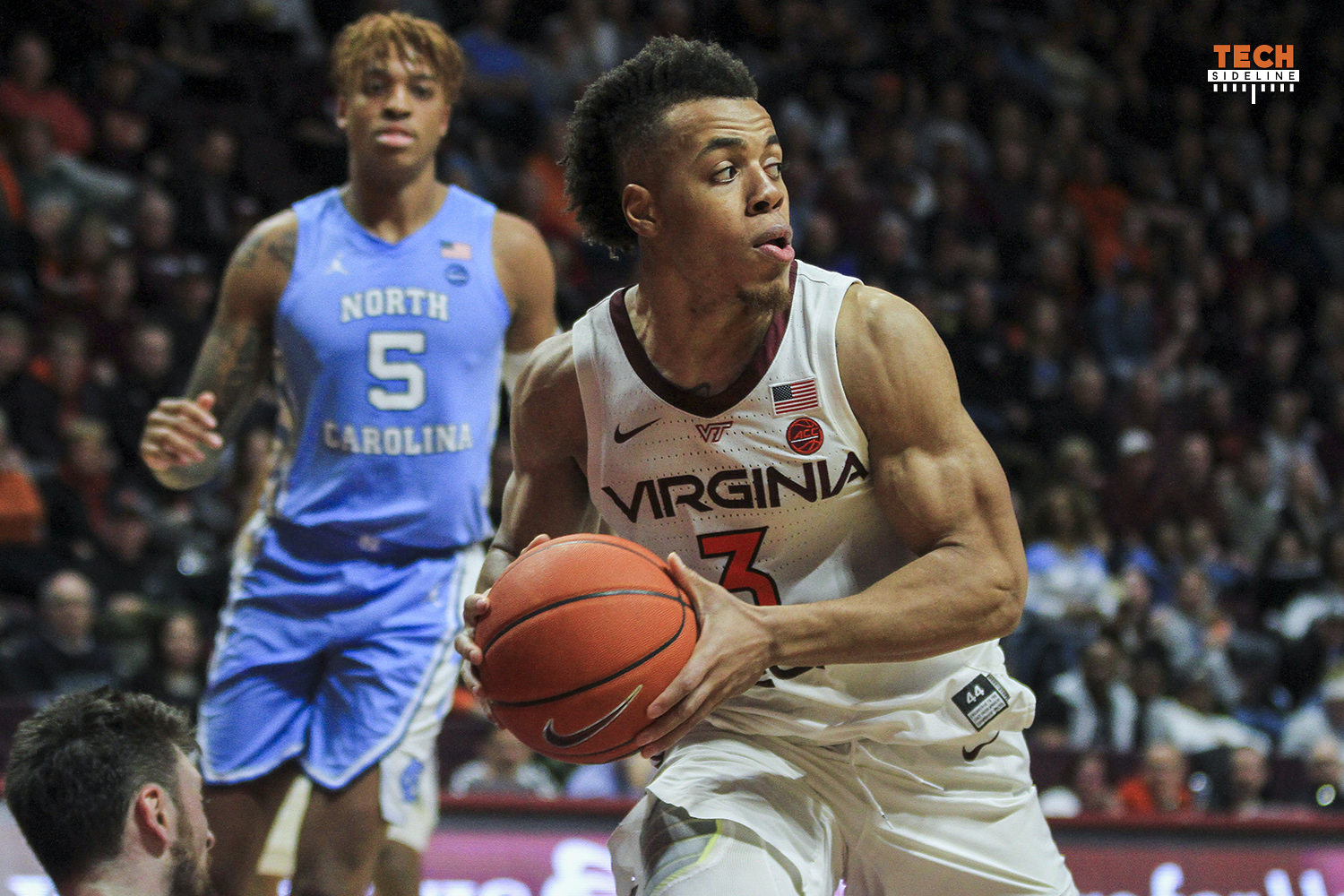
Lineup Options
For Young, the most difficult decision might be with personnel groupings, especially in the backcourt. For example, it would be very difficult to play Wabissa Bede, Cartier Diarra and Tyrece Radford on the court together for long stretches of the game because there aren’t enough shooters on the court. In fact, I don’t know how much we’ll see Bede and Diarra out there together unless a guy like Jalen Cone is on the court with them.
Bede and Diarra could be used in a defensive-oriented lineup if the Hokies are winning late and looking to close out a game. Those two guys on the court, plus Nahiem Alleyne would be a good group of perimeter defenders. Young will have enough players where he can toy with some situation-specific lineups like that.
On the other hand, he could adjust his lineups depending on the team they are facing. When the Hokies are facing Leonard Hamilton’s Florida State team, which is always huge, they could elect to go with a lineup something like this…
G Cartier Diarra (6-4, 185)
G Joe Bamisile (6-4, 195)
G Nahium Alleyne (6-4, 195) or Tyrece Radford (6-2, 200)
F Keve Aluma (6-9, 235)
C John Ojiako (6-10, 245)
That would be Tech’s longest lineup. Or, you could go with Radford instead of Alleyne and sacrifice a couple of inches for Radford’s toughness, which is also needed against the Seminoles.
I’m not an X’s and O’s basketball guy, so for further reading on this subject, consult this (subscriber) article by Drew Scott from early September. It has great information.
Unknown Expectations
Virginia Tech went 16-16 overall last season, with a 7-13 mark in ACC play. That was a better season than most people expected with little size, a bunch of freshmen, and everyone learning a unique offensive system.
This year the Hokies are more experienced, and they are certainly bigger. Overall, this is a more talented basketball team than Mike Young put on the court last season. Of course, with so many transfers into the program, there’s always a little bit of concern about how they’ll mesh and how quickly they’ll pick up the system, but on the whole I feel better about the Hokies than I did at this time a year ago.
There’s one big caveat, however. Tech faced one of the ACC’s easier schedules last season. Here’s how many times the Hokies will face each ACC opponent in 2020-21, according to preseason media predictions…
No. 1 UVA: 2
No. 2 Duke: 1 (home)
No. 3 FSU: 2
No. 4 UNC: 1 (road)
No. 5 Louisville: 2
No. 6 Syracuse: 1 (road)
No. 7 Miami: 2
No. 8 NC State: 1 (road)
No. 9 Georgia Tech: 1 (home)
No. 10 Clemson: 1 (home)
No. 12 Notre Dame: 2
No. 13 Pitt: 1 (road)
No. 14 BC: 1 (home)
No. 15 Wake: 2
Tech gets Wake twice, but they face three of the league’s top five teams twice. They play Duke, UNC and Syracuse just once, but two of those three are on the road. In fact, of the top eight teams in the league, the Hokies either play them twice or play them just once on the road…with the exception of Duke, who plays in Cassell.
That’s pretty brutal. I’d also like to point out that the Hokies will only play seven non-conference games this year, so the opportunity for wins will be fewer than usual. Here’s a look at the schedule:
I think this team will look better and play better than last year’s. How many wins will that lead to? I don’t know. And of course, COVID could certainly have an impact on the W-L record as well. Because of that, it’s really not even worth predicting a record this year. How can anyone possibly know?




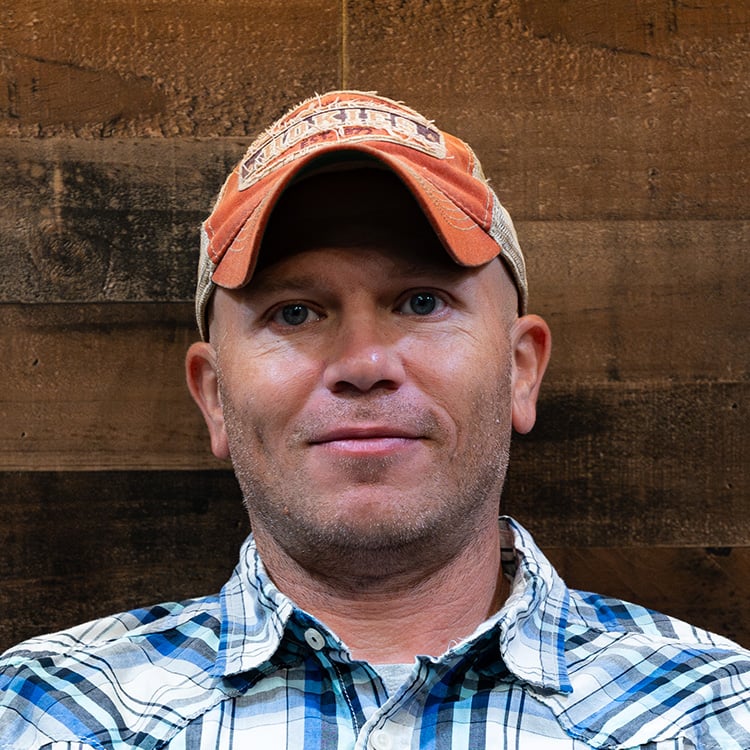

 Print
Print







Only thing that’s a bit concerning is Diarra’s turnovers at K-State
Feb 9-20: FSU, UL, atUNC atFSU
YIKES
Go Hokies! Excited to see what this team can do!
Thanks Chris. All looks to have potential. I would love for Cone to evolve into a point at some time.
Coach Young is rebuilding so beware of high expectations.
Coach Young is doing a great job in recruiting in his 2nd year. Therefore, I would’ not get my expectations up until next yearso we need to be supportive regardless of losses.
Coach Young said on the radio show that Bede’s outside shooting had really improved. That would be enormous if it’s really true. Going to be one of the things I’ll be looking at in the early games.
There was a video on Instagram highlighting Bede. His outside jumpshot looks much more fluid now. Still not perfect, but it’s smoother and softer.
Oh that’s welcome news
I am cautiously optimistic. It is easy to get overly excited about finally having both size and depth, but we know potential has to play well on the court. The x-factor is that our transfers have a lot of experience and should contribute very quickly.
Great overview, Chris. We know you’re really busy. I have been watching college basketball a long time. I can not think of any team from anywhere that had this many situation-specific line up options. It will be fun to watch.
I am hopeful but realistic. I think this team can grow this year and will win some games that would normally be unexpected. I look forward to the season and am thinking positive.
Excited for the new season, and looking forward to seeing the team and Coach Young on the floor. It’s the ACC so it will always be a challenge but it will be fun to watch the growth. Also have to admit Coach Young makes me feel more involved and communicates his enthusiasm effectively. He makes me excited to see them and still have sane expectations.
It’s been a long time since we have had the full of a roster that can play immediately. If Ojako can stay out of foul trouble, we will be a force to reckon with
There are more bigs so more fouls to give
After being thoroughly disappointed with the football team, it’s fun to have hope again.
Life in the ACC. We are old pros at this point.